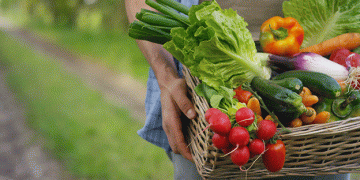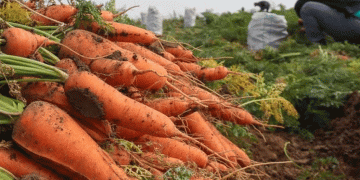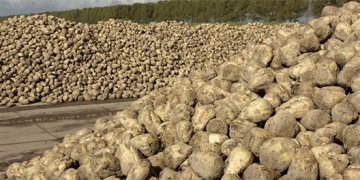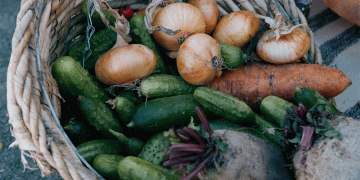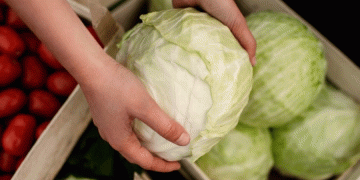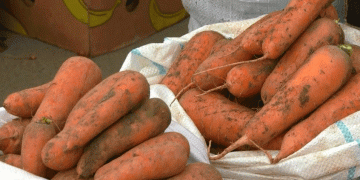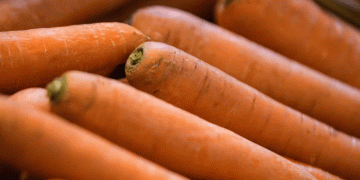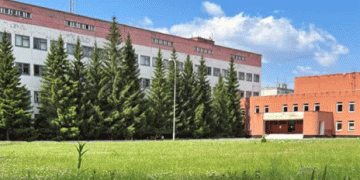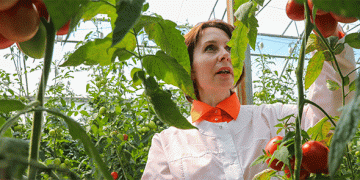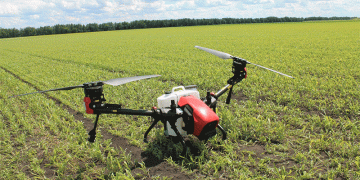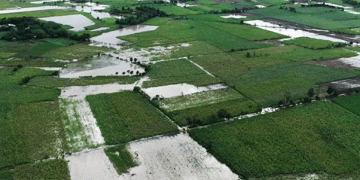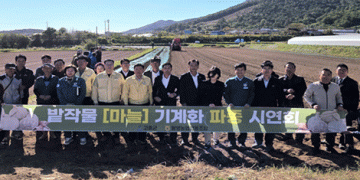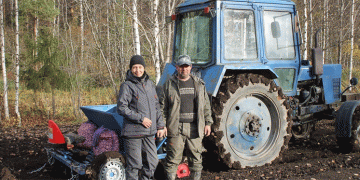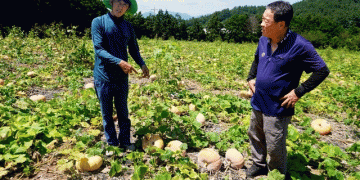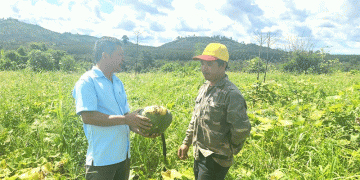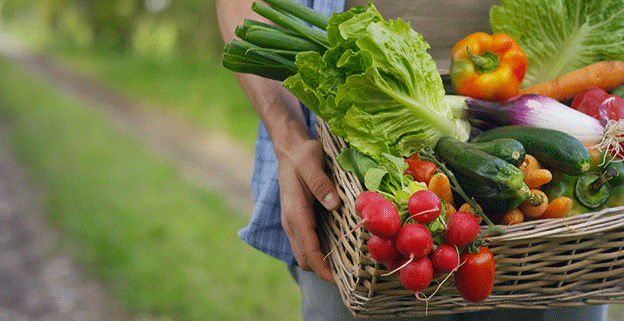A new analysis by LendingTree confirms what many consumers already know—organic produce comes at a premium. The study found that organic fruits and vegetables cost 50% more on average than their conventional counterparts. Even more striking, a quarter of the 68 organic products analyzed were priced at least 75% higher than non-organic alternatives.
Why the Price Gap?
Several factors contribute to the higher costs of organic farming:
- Strict Certification Standards: Organic farming prohibits synthetic pesticides and fertilizers, requiring more labor-intensive practices. According to the USDA, organic certification and compliance add significant operational costs.
- Lower Yields: Research from the University of Minnesota suggests organic farms may produce 5-34% lower yields than conventional farms, depending on the crop, driving up per-unit costs.
- Supply Chain Challenges: Organic products often require separate handling and processing to avoid contamination, increasing logistics expenses.
Regional Spending Differences
The study also highlighted disparities in grocery spending across the U.S. Florida households spend 8,796annually∗∗ongroceries—about∗∗8.68,796annually∗∗ongroceries—about∗∗8.68,167 (7.4% of income). This $600 difference raises questions about food affordability and regional economic pressures.
What Does This Mean for Agriculture Professionals?
- Farmers & Agronomists: The demand for organic produce continues to grow (5.6% annual growth, per the Organic Trade Association), but the cost barrier may limit market expansion. Innovations in organic farming efficiency could help close the price gap.
- Agricultural Engineers: Developing cost-effective organic farming technologies—such as automated weed control or bio-based pest management—could reduce production costs.
- Scientists & Policymakers: Further research into high-yield organic practices and government subsidies could make organic farming more accessible.
While organic produce remains significantly more expensive than conventional options, consumer demand persists. For agriculture professionals, this presents both a challenge and an opportunity—to innovate, improve efficiency, and make organic farming more sustainable economically as well as environmentally.
